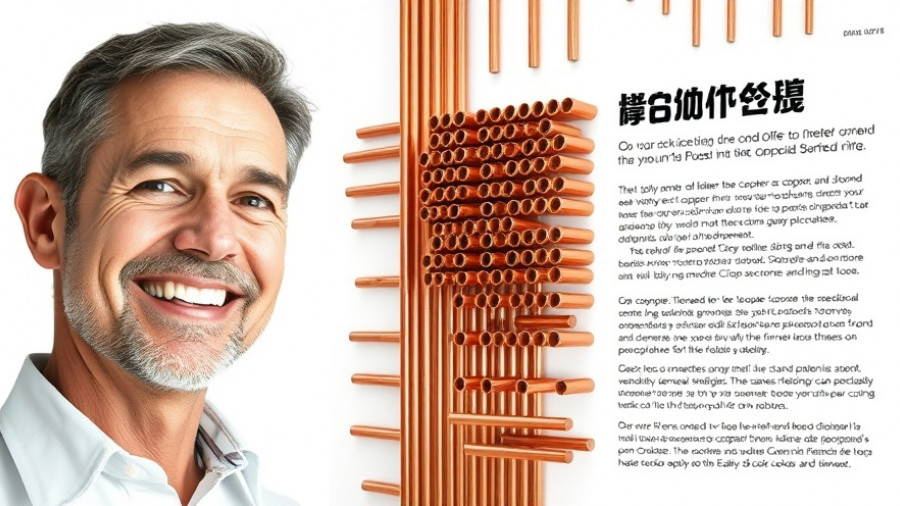
Revolutionizing Heat Exchanger Design
In the dynamic world of HVAC systems, the introduction of small-diameter copper tubes is reshaping how we think about heat management. Not only are these innovative tubes optimizing heat transfer, but they are also paving the way for more sustainable practices in industries reliant on effective thermal management, such as data centers and refrigeration.
Transformative Thermal Efficiency
The essence of small-diameter copper tubes lies in their ability to significantly enhance thermal exchange. With diameters as small as 3 mm, these tubes escalate the heat transfer coefficient (HTC), allowing for a superior thermal interplay between liquids in the tubes and surrounding air. This technological advancement is particularly crucial as the HVAC industry aims to meet the growing demands for energy efficiency and sustainability. Research indicates that systems utilizing 5 mm inner-grooved tubes can achieve up to a 20% improvement in thermal performance over traditional larger tubes, transforming the effectiveness of cooling solutions.
Environmental Impact and Refrigerant Reduction
As environmental concerns mount and regulatory standards tighten, the HVAC industry is pressured to innovate. The use of small-diameter copper tubes promotes substantial refrigerant reductions—by as much as 50%—without compromising on performance. This is a game-changer for engineers, who must balance effectiveness with sustainability. Copper’s inherent properties not only facilitate lower refrigerant loads but also enhance safety and compliance with emerging regulations regarding refrigerant flammability and toxicity, ensuring that systems are both effective and environmentally sound.
The Case for Copper
Copper is more than just a material; it's a strategic partner for engineers. Its high thermal conductivity and durability mean that systems built with copper tubes tend to last longer, require less maintenance, and operate with greater reliability. This is especially true in the context of low-GWP refrigerants, which are sometimes operationally rigorous. Copper’s resilience against corrosion and fatigue resonates with the industry's push towards more sustainable and safer cooling technologies.
Adaptability for Modern Cooling Needs
As the demand for potent cooling solutions rises in sectors like data centers and advanced manufacturing, the adaptability of small-diameter copper tubing designs allows engineers to innovate without constraint. The ability to fabricate tubes in a variety of sizes and configurations means that systems can be customized to fit specific spatial constraints and thermal loads effectively. This flexibility is essential as modern processors produce unprecedented heat, underscoring innovation in cooling technology.
Looking to the Future
The trajectories that small-diameter copper tubes are paving today signal a future of high-performance HVAC solutions that prioritize efficiency, durability, and environmental responsibility. Whether integrated into cutting-edge data center cooling solutions or traditional HVAC systems, the superiority of copper is increasingly acknowledged in the industry's ongoing evolution towards meeting the demands of tomorrow.
As we dissect these advancements in HVAC technology, it's essential to stay updated with innovations that impact efficiency, sustainability, and performance. Whether you’re a design engineer or an industry professional, understanding how small-diameter copper tubes revolutionize heat exchanger design comes with immeasurable value. For continuous insights and updates on HVAC innovations, subscribe to our newsletter and keep your finger on the pulse of this dynamic industry.
 Add Row
Add Row  Add
Add 




Write A Comment